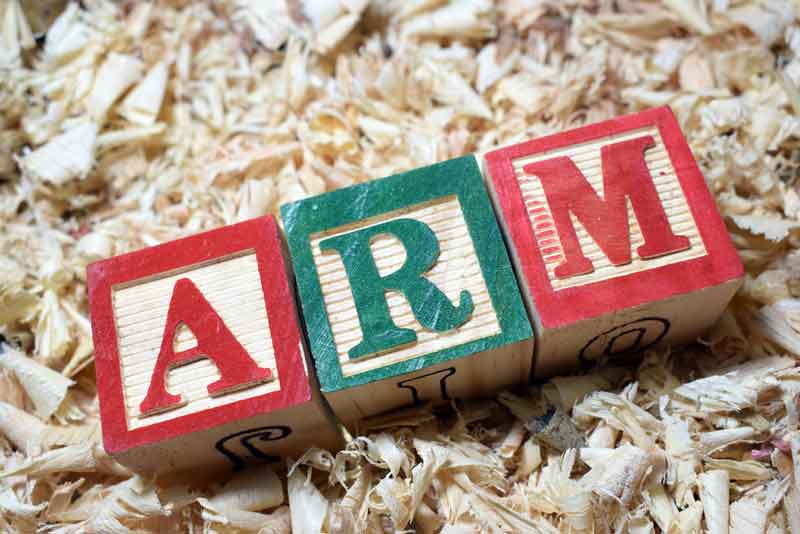If you’re shopping for a home for the first time, you’ve probably heard of an Adjustable Rate Mortgage, or ARM. It’s a type of home loan with an interest rate that changes over time.
The main perk is that it usually comes with an initial low rate, making it an attractive choice for new buyers who may be just starting out in life, or who can’t afford the higher payments of a fixed-rate loan. Likewise, even though the rate will increase in the future, it can also dip, saving you money.
However, to really understand how ARMs work, and to grasp how your payments may change over the life of the loan, here are four things every homebuyer should know before applying for one:
1. The rate is determined by changing indexes (and your lender).
The rate on your ARM reflects rates at large. In other words, your interest will change based on how rate indexes such as the Monthly Treasury Average (MTA) change. Typically (though not always), when indexes go up or down, so does your mortgage rate.
Your lender also plays a role in your interest rate by adding a fixed amount, which is called a margin, to the index. Together, the index and the margin make up your total ARM rate.
2. Your initial rate may be much lower than in the future.
ARMs are structured to provide you with a low rate in the beginning. Depending on your specific loan, that rate may last anywhere from a month to several years before it changes. The time in between these changes is called the adjustment period.
Pro tip: make sure you ask your lender about the Annual Percentage Rate (APR) of the loan. If this is dramatically higher from the initial rate, you can expect to pay a lot more once the loan adjusts.
You’ll also want to ask about adjustment limits. Before you accept the loan, know how high—and how quickly—your interest and principal can potentially increase.
And that brings us to caps…
3. Caps give you some control over how much your payments change.
While you should prepare for higher monthly payments in the future, rest easy knowing that rate increases aren’t infinite.
ARMs have two kinds of rate caps. A periodic adjustment cap sets a ceiling on how high your rate can change between adjustment periods, while a lifetime cap limits increases over the duration of the loan.
4. There are three types of ARMs.
If you’re considering an ARM, you have three options:
- Hybrid. A Hybrid ARM combines fixed and adjustable-rate periods. For example, in a 5/1 ARM, you will pay a fixed interest rate for the first five years, and then switch to adjustable rates once per year until the loan is paid off.
- Interest-Only (I-O). I-O ARMs let you pay only the interest for a specified amount of time (usually several years) before you have to start paying the principal amount as well.
- Payment-Option. This is a more flexible type of ARM that lets you choose how you want to make your monthly payment. You can opt for a mix of interest plus principal, interest only, or a low minimum payment that meets basic requirements on the loan, but doesn’t necessarily reduce your balance.
Adjustable Rate Mortgages are a popular choice for homeowners, but they’re a big responsibility. Before you commit to one, make sure you understand how it will affect your finances.
Copyright © BALANCE
Let Hanscom FCU help you make the right homebuying decision for your finances. Check out our competitive rates today!



.jpg)









Comment